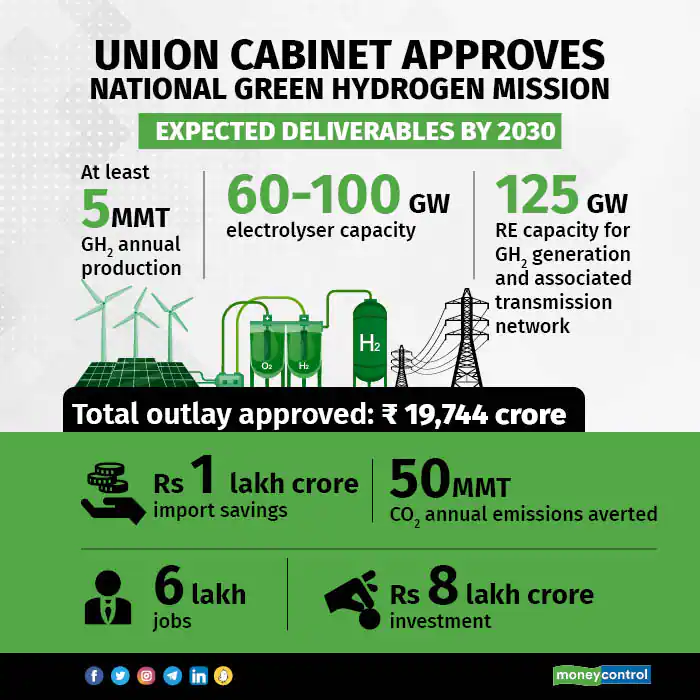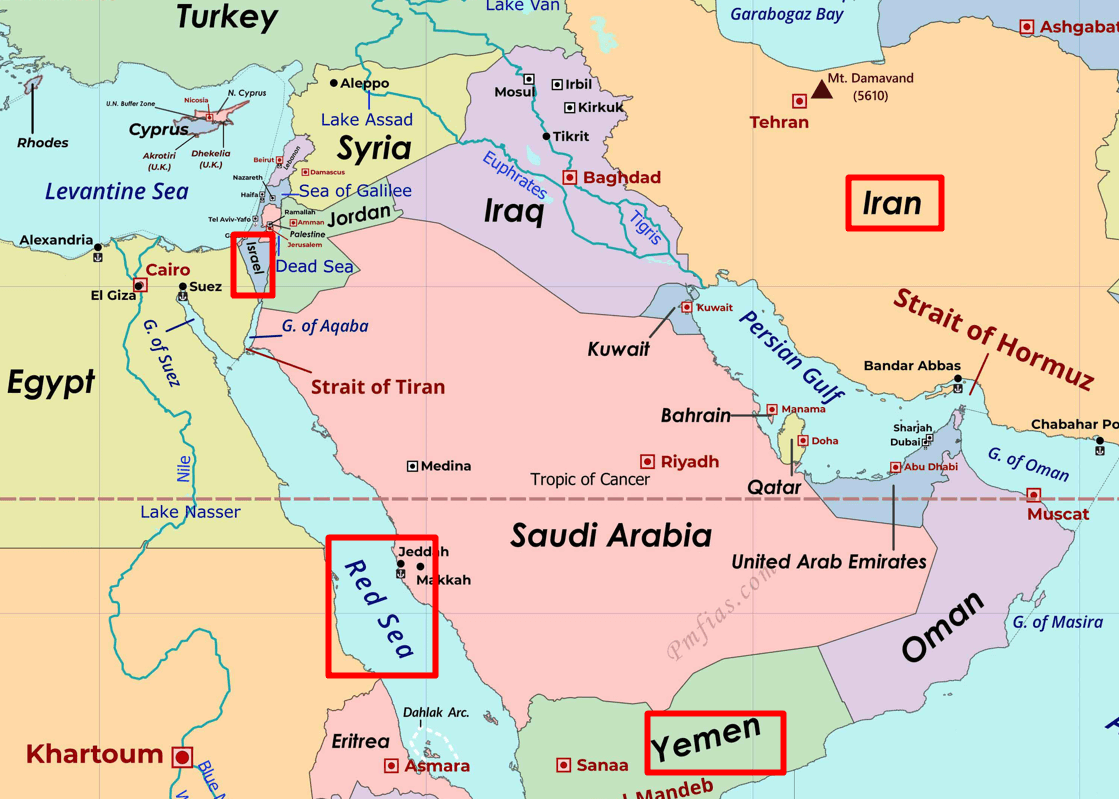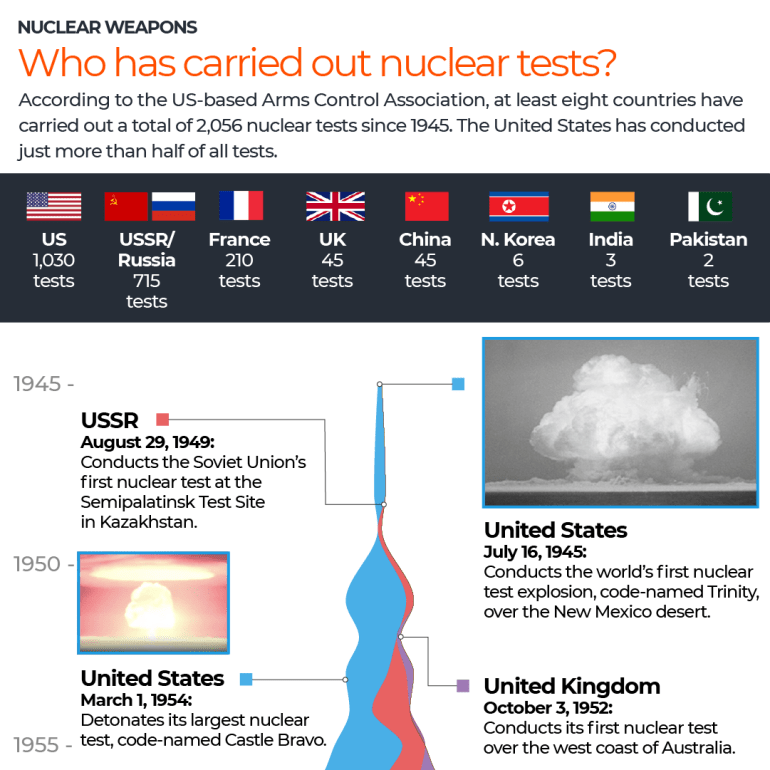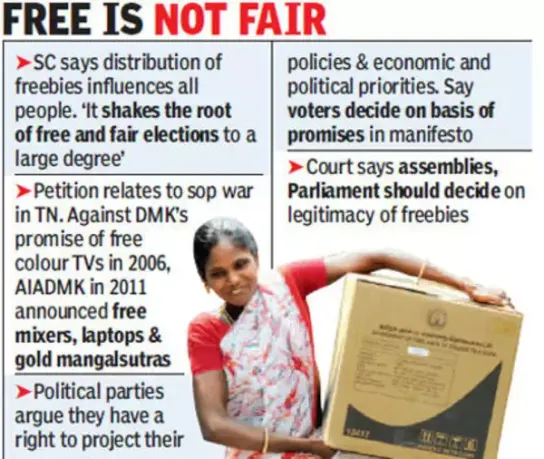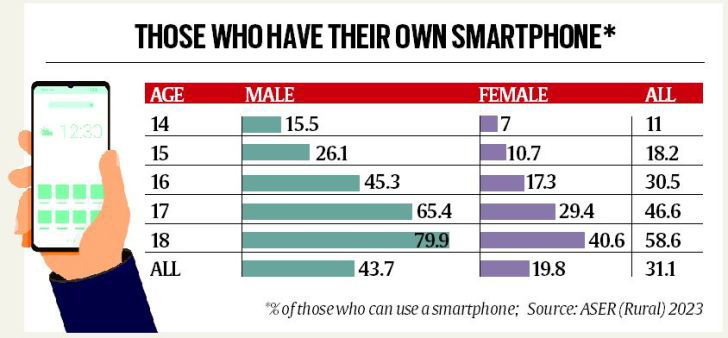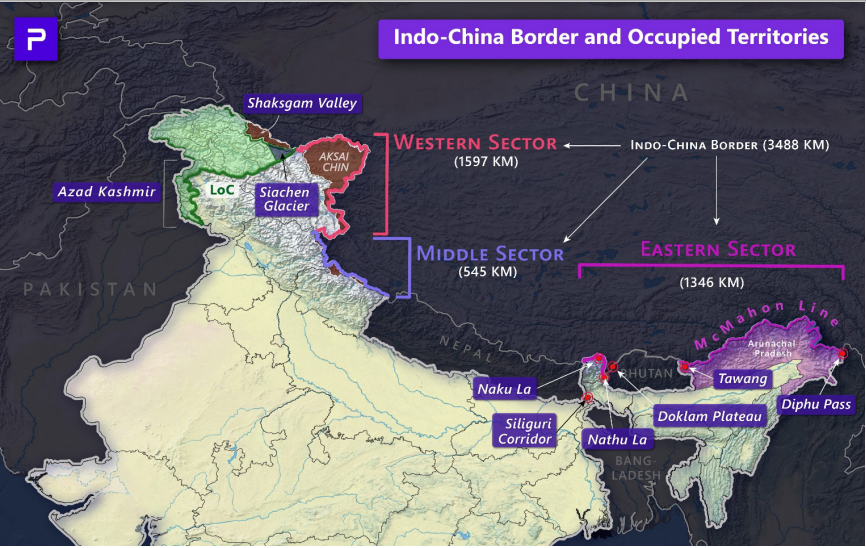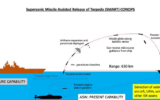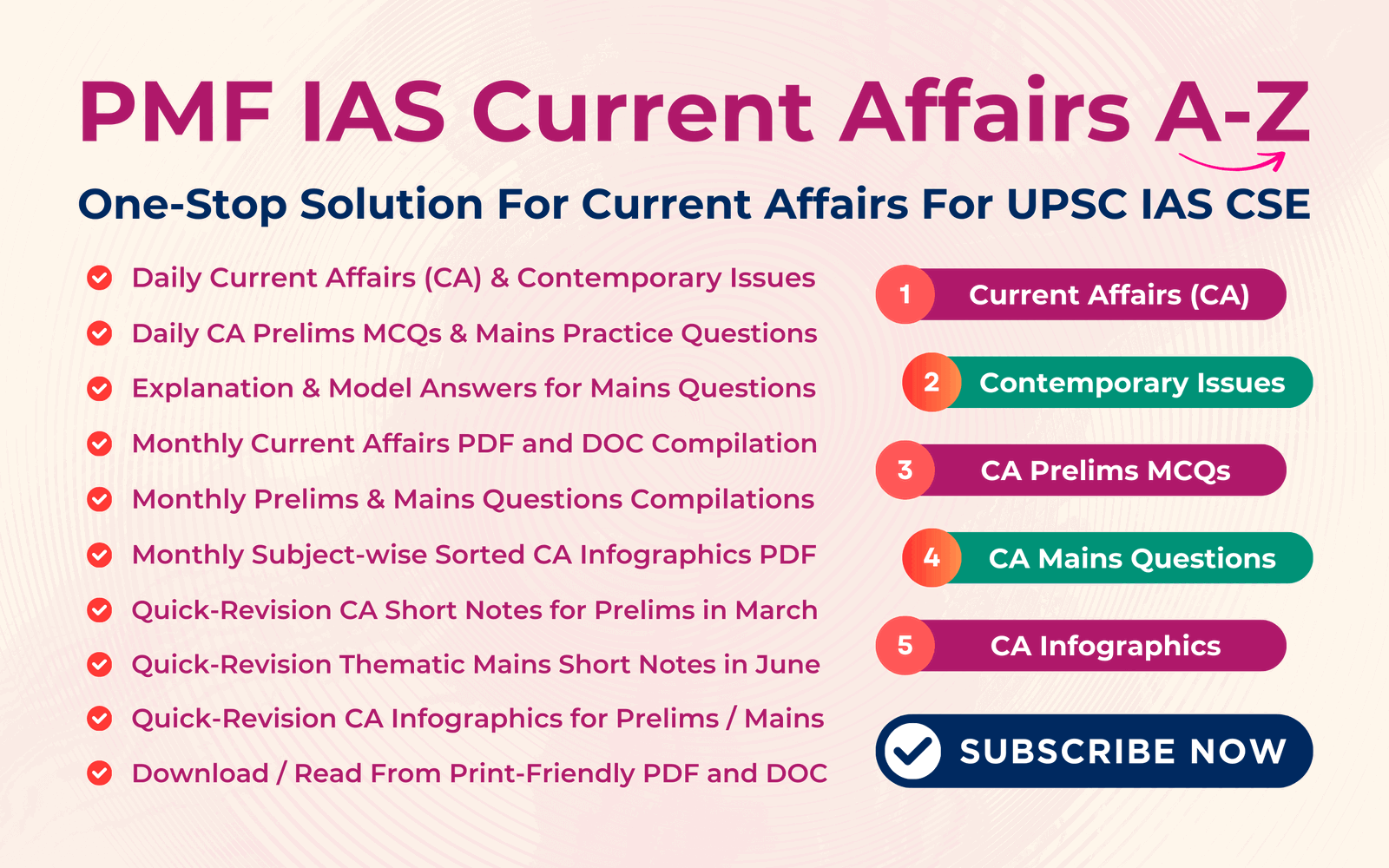
Price hike of Essential Medicines
Subscribers of "Current Affairs" course can Download Daily Current Affairs in PDF/DOC
Subscribe to Never Miss an Important Update! Assured Discounts on New Products!
Must Join PMF IAS Telegram Channel & PMF IAS History Telegram Channel
- Context (TH): An increase in the prices of essential medicines came into force on April 1.
- The National Pharmaceutical Pricing Authority (NPPA) enforced an increase of 0.00551 per cent in the MRP of scheduled formulations (drugs) from the beginning of the fiscal year 2024–25.
- The Department of Pharmaceuticals issued its annual list of revised ceiling prices for 923 scheduled drug formulations and revised retail prices for 65 formulations.
Essential Medicines
- Medicines included in Schedule I of Drugs Prices Control Order (DPCO) 2013 are essential medicines.
- In 1996, the Ministry of Health and Family Welfare released India’s first National List of Essential Medicines (NLEM).
- The list includes anti-infective medicines to treat diabetes, such as insulin — HIV, tuberculosis, cancer, contraceptives, hormonal medicines and anaesthetics.
- Currently, India has approximately 400 molecules and 960 formulations covered under the NLEM.
Drugs pricing mechanism
- NPPA annually revises the ceiling prices of scheduled formulations based on WPI.
- In cases of non-scheduled formulations, no manufacturer can increase the MRP by more than 10% of the MRP during the preceding 12 months.
- The New National Pharmaceutical Pricing Policy (2012) and the DPCO (2013) have shifted price regulation from economic and cost-based criteria to essentiality and market-based criteria.
- Earlier in 2019, for instance, NPPA used its emergency powers to raise the ceiling prices of 21 essential drugs by 50% after several companies applied for the discontinuation of products due to their high cost.
|
Rationale behind the current hike
- Wholesale Price Index (WPI): According to the Central Government, the hike is in line with the change in the Wholesale Price Index (WPI).
- Economic viability: Pharmaceutical companies claim to face high input costs, stringent price controls, and diminishing profit margins.
- Dependence on China: India is critically dependent on China for supplies of bulk drugs and drug intermediates, with China accounting for about two-thirds of the total imports.
Wholesale Price Index (WPI)
|
Bulk drugs exports from India
|
National Pharmaceutical Pricing Authority (NPPA)
- Constituted by the government of India in 1997 under the Ministry of Chemicals and Fertilizers.
- Regulates drug pricing, ensuring the availability and accessibility of medicines at affordable prices.
Mandate of NPPA
- To implement and enforce the provisions of the DPCO
- To deal with all legal matters arising out of the decisions of the NPPA
- To ensure the availability of drugs
- Collect/maintain data on production, exports and imports, and market-related aspects of drugs.

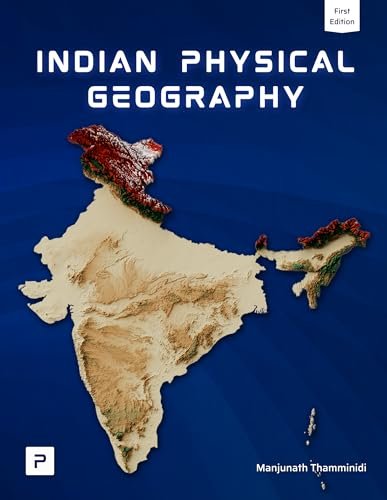
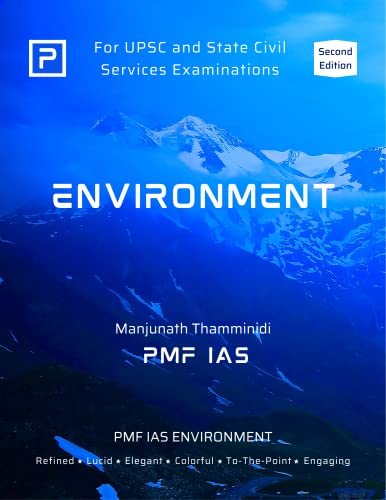


![PMF IAS Environment for UPSC 2022-23 [paperback] PMF IAS [Nov 30, 2021]…](https://pmfias.b-cdn.net/wp-content/uploads/2024/04/pmfiasenvironmentforupsc2022-23paperbackpmfiasnov302021.jpg)
